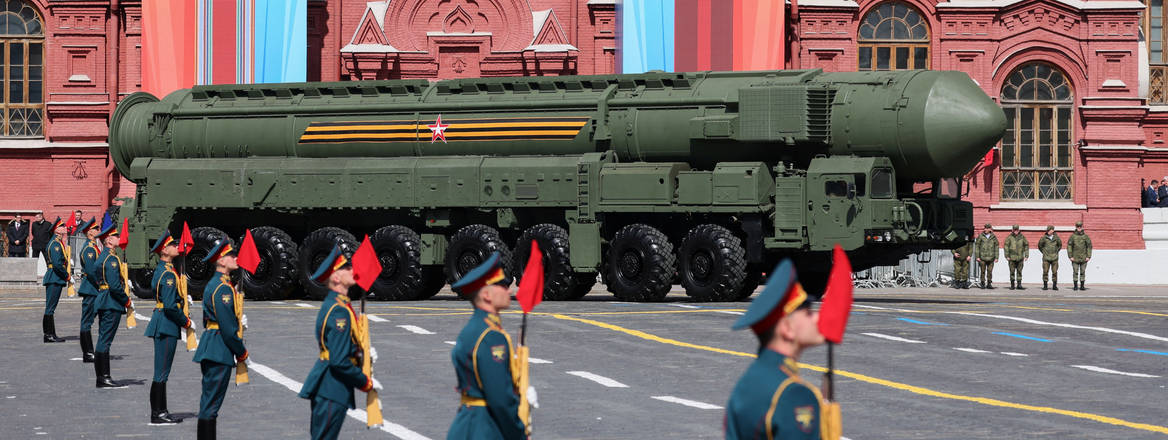The Evolution of Russian Nuclear Doctrine
In this paper, the evolution of Russian nuclear doctrine is examined, focusing on the implications of recent geopolitical developments, Russia's nuclear strategy and its flexibility in employing nuclear weapons.
The purpose of this paper is to examine trends in Russia’s nuclear weapons strategy, policy and planning, with a particular focus on substrategic nuclear weapons. The paper focuses on two contexts:
- Russia’s new declaratory policy regarding the war in Ukraine.
- The changing structure of the international system as it relates to nuclear powers, due to the emergence of China as a third nuclear peer, alongside the US and Russia.
The paper discusses the factors that might lead to both consistency and change in Russian nuclear planning.
Key Findings
Russian nuclear strategy appears to be at an inflexion point, driven by two trends, both of which preceded the war in Ukraine. The first is a perceived growth in US capacity for counterforce targeting, using a combination of conventional and nuclear capabilities. The second is the possibility that improved theatre-level air and missile defences in Europe could pose a problem for pre-Ukraine war Russian concepts for using nuclear weapons in a calibrated or dosed way, as part of a regional war.
The counterforce threat creates a strong incentive to employ nuclear weapons at a larger scale than is consistent with dosing, particularly to the extent that the threat depends on theatre-level systems – and given the risks of graduated escalation in the absence of a stable second-strike capability. The performance of Western air defence systems in Ukraine will likely reinforce the second of these concerns.
Both these concerns have been reflected in changes to Russia’s declaratory policy since 2020, as well as themes reflected in Russia’s military literature and procurement plans during the same period.
While evidence on Russian views regarding the emergence of China as a third nuclear peer is limited, that which does exist suggests that it is not necessarily viewed as an unalloyed good. This may be due to the incentive that China is creating for the emplacement of theatre-ranged US capabilities in the Pacific – a move that Russia perceives as threatening.
This is not to suggest that Russia is on a deterministic path to losing its second-strike capability or its ability to employ substrategic nuclear weapons flexibly. Much depends on the success of efforts from Europe and others to generate both theatre-level integrated air and missile defence (IAMD) and deep strike capabilities, which Russia is likely to view as adjuncts to the US nuclear arsenal. Much also depends on the stability of US commitments to Europe. Equally, Russia has several options to offset the risk posed by conventional prompt strike capabilities in tandem with nuclear weapons and IAMD, including new theatre-ranged systems and more effective counterspace capabilities.
The path ahead is by no means certain. Yet, available evidence suggests that linking investments in IAMD and deep-strike capabilities to Russian concerns in an explicit manner can constrain Russia’s freedom to employ nuclear weapons as a coercive tool.
Constraining Russia has a cost, however. Developments that limit Russia’s perceived freedom of action before a conflict can also make escalation control within a conflict more difficult – the stability–instability paradox.
WRITTEN BY
Dr Sidharth Kaushal
Senior Research Fellow, Sea Power
Military Sciences
Darya Dolzikova
Senior Research Fellow
Proliferation and Nuclear Policy
- Jim McLeanMedia Relations Manager+44 (0)7917 373 069JimMc@rusi.org



